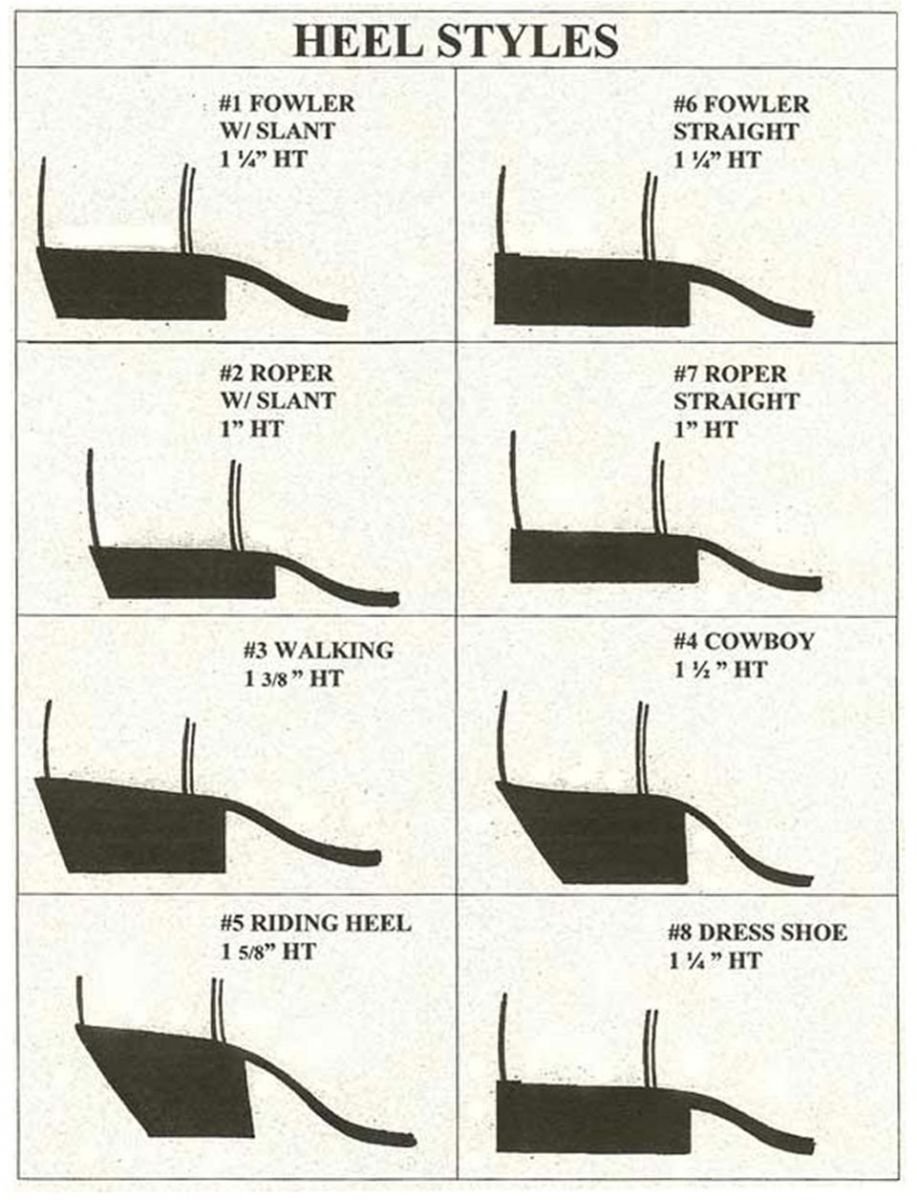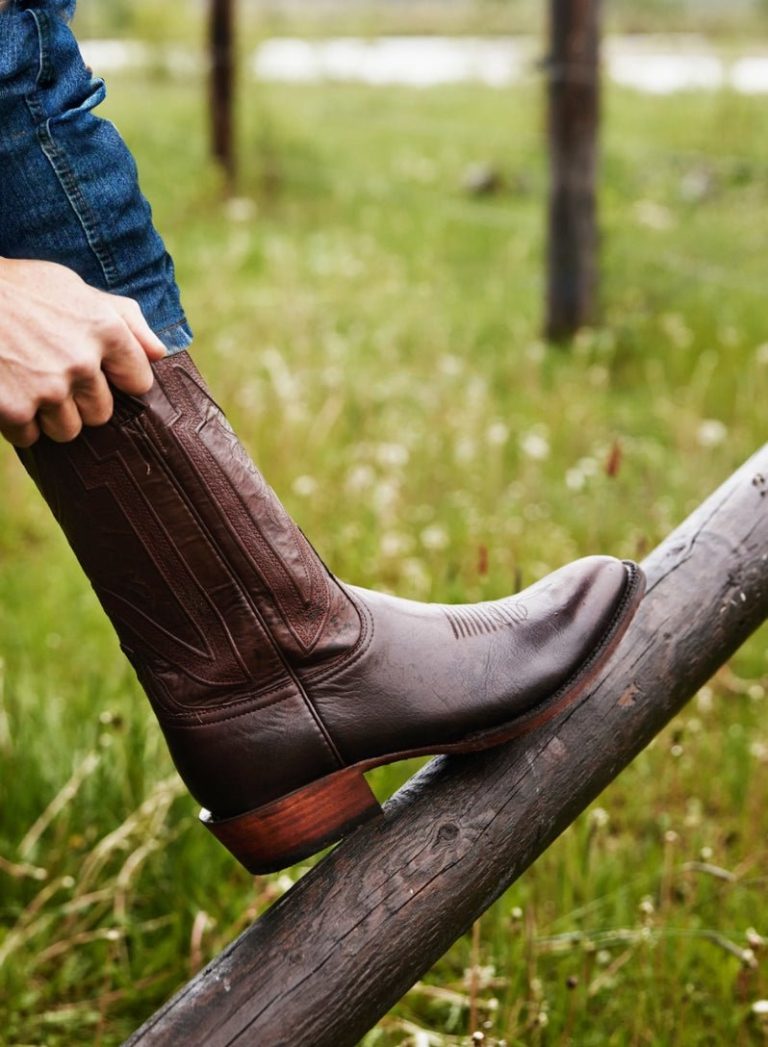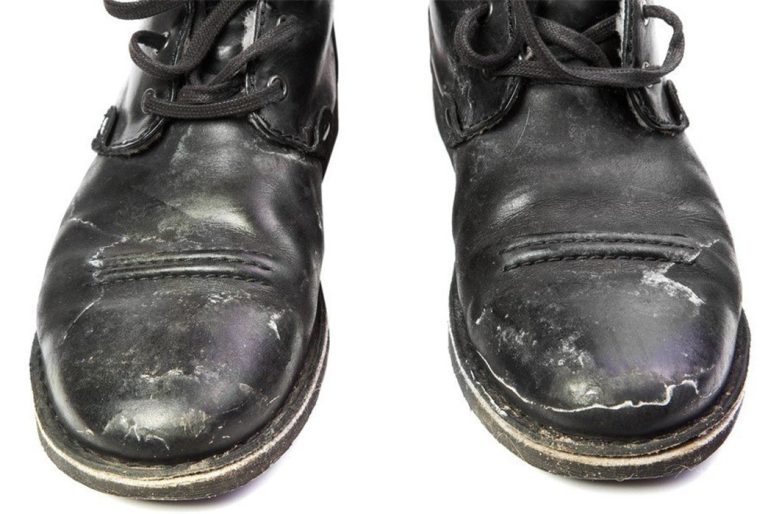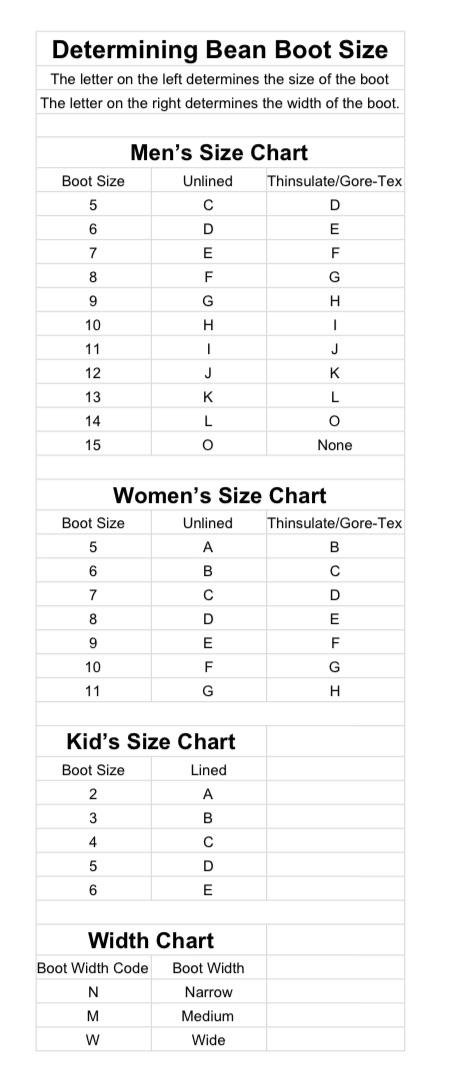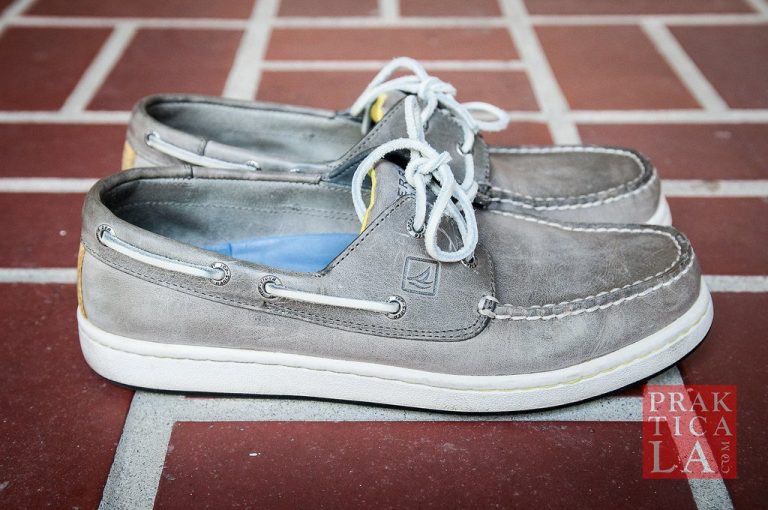Are you wondering which type of heel is best for your western boots: stockman heel or western heel? Well, look no further. In this article, we’ll break down the differences between the two and help you make an informed decision. So, if you’re ready to dive into the world of stockman heel vs western heel, let’s get started.
Stockman Heel vs Western Heel
When it comes to cowboy boots, one key feature that sets them apart is the heel. The style of the heel can greatly influence the fit, comfort, and functionality of the boot. Two popular heel styles in the cowboy boot world are the stockman heel and the western heel. While they may appear similar at first glance, there are distinct differences between the two. In this article, we will delve into the characteristics of each heel style, exploring their pros and cons, and helping you make an informed decision when choosing your next pair of cowboy boots.
1. Stockman Heel
The stockman heel, also known as a walking heel, is a lower, broader, and more practical heel option. It is specifically designed to provide stability and comfort for those who spend long hours on their feet. Here’s a closer look at the key features of the stockman heel:
1.1 Height and Width
The stockman heel typically ranges from 1 to 1.5 inches in height. Its low profile allows for easier walking and reduces strain on the feet and legs. In comparison to the western heel, the stockman heel is wider and provides a larger surface area for stability, making it an ideal choice for those who prioritize comfort and functionality.
1.2 Practicality
One of the main advantages of the stockman heel is its practicality. Due to its lower height and wider base, it offers a more stable and balanced walking experience. It is particularly favored by ranchers, farmers, and individuals who spend long hours on their feet or engage in activities that require a lot of walking, such as horseback riding or working outdoors.
1.3 Versatility
Another notable characteristic of the stockman heel is its versatility. It is suitable for a wide range of activities, from everyday wear to work-related tasks. This flexibility makes the stockman heel a popular choice among those who desire a boot that can seamlessly transition from the ranch to social events.
1.4 Ideal Foot Shape
The stockman heel is particularly well-suited for individuals with a broader foot shape. Its wider base provides more room for the foot, reducing discomfort and allowing for a better fit. It also accommodates orthotic inserts, making it an excellent option for those with specific foot conditions or in need of additional arch support.
2. Western Heel
The western heel, often referred to as a cowboy heel or just a heel, is the classic, iconic heel style commonly associated with cowboy boots. This style is typically taller, more angled, and narrower compared to the stockman heel. Let’s explore the characteristics of the western heel in more detail:
2.1 Height and Angle
The western heel is higher than the stockman heel, ranging from 1.5 to 2 inches in height. It features a noticeable angle, commonly referred to as a slant or pitch, which adds a distinctive aesthetic to the cowboy boot. This angled design is intended to allow the rider’s feet to easily slip in and out of the stirrups while providing stability during horseback riding.
2.2 Stylish Appeal
The western heel is celebrated for its stylish appeal and traditional cowboy boot look. It adds height and elegance to the wearer, making it a popular choice for those seeking a more fashionable and eye-catching boot. The angled design also contributes to the iconic cowboy boot silhouette.
2.3 Performance on Horseback
Although the western heel is favored for its style, it also offers functional benefits when it comes to horseback riding. The height and angle of the heel allow the rider’s foot to rest securely in the stirrup, preventing the foot from slipping forward or getting caught. This feature enhances control and stability during riding activities.
2.4 Ideal Foot Shape
The western heel is best suited for individuals with a narrower foot shape. The slimmer profile of the heel provides a snug fit and prevents excessive movement within the boot. This is particularly advantageous for riders, as it minimizes the risk of blisters or rubbing caused by foot slippage.
3. Choosing the Right Heel for You
When deciding between a stockman heel and a western heel, it’s important to consider your specific needs, preferences, and activities. Here are some factors to keep in mind:
3.1 Comfort and Functionality
If comfort and practicality are your top priorities, the stockman heel would be an excellent choice. It offers stability, support, and room for a broader foot shape. It is also a practical option for those who spend long hours on their feet or engage in activities that require extensive walking.
3.2 Style and Iconic Look
If you’re looking to make a fashion statement and embrace the classic cowboy boot aesthetic, the western heel is the way to go. Its taller height, angled design, and slim profile exude the true essence of cowboy boots and add a touch of elegance to any outfit.
3.3 Horseback Riding
If horseback riding is a significant part of your lifestyle or you plan to use your boots primarily for riding purposes, the western heel would be a practical choice. Its angled design and height provide the necessary stability and security in the stirrups, enhancing your riding experience.
3.4 Personal Fit
Ultimately, the best heel option for you depends on your foot shape and personal fit preferences. If you have a broader foot shape or require additional arch support, the stockman heel would be more accommodating. Conversely, if you have a narrower foot shape and prefer a snug fit, the western heel might be a better fit for you.
In conclusion, the stockman heel and western heel each have their unique characteristics and advantages. Understanding your specific needs, whether it’s comfort, style, or functionality, will help you make an informed decision. Remember to consider the activities you’ll be engaging in, your foot shape, and personal fit preferences. By choosing the right heel style, you can enjoy the perfect combination of style and functionality in your cowboy boots.
What's The Best Cowboy Boot Heel Size?
Frequently Asked Questions
What is the difference between a stockman heel and a western heel?
The main difference between a stockman heel and a western heel lies in their design and functionality. Stockman heels are typically shorter and wider, offering better stability and support for activities that involve long periods of standing or walking. On the other hand, western heels are taller and narrower, designed to provide a secure fit while riding horses and allowing the foot to easily slip in and out of stirrups. The choice between the two depends on the intended use and personal preference.
Can I use a stockman heel for riding?
While it is possible to use a stockman heel for riding, it is not the ideal choice. Stockman heels are designed for walking and standing, providing stability and support on the ground. The wider base of a stockman heel may make it more difficult to fit into stirrups securely, compromising your safety while riding. It is recommended to use a specific western heel for riding to ensure the best possible experience and safety.
Are stockman heels more comfortable than western heels?
The comfort level of heels can vary depending on personal preference and the specific activity. Stockman heels are generally considered to be more comfortable for activities that involve long periods of walking or standing. The wider base offers better stability, reducing fatigue and stress on the feet. Western heels, with their taller and narrower design, are more suitable for riding and can provide better support in the stirrups. Ultimately, the comfort of the heel depends on the individual’s needs and the intended use.
Which heel style is more suitable for casual wear?
Both stockman heels and western heels can be suitable for casual wear, depending on personal style and preference. Stockman heels, with their shorter and wider design, offer a more casual and versatile look. They are often seen in casual footwear styles such as cowboy boots and work boots. On the other hand, western heels, with their taller and narrower design, can give a more classic and traditional Western look. Choosing between the two styles for casual wear is a matter of personal preference and the overall aesthetic desired.
Are stockman heels more suitable for people with wider feet?
Yes, stockman heels are generally more suitable for individuals with wider feet. The wider design provides more room and stability for wider feet, allowing for a comfortable fit. The broader base offers better weight distribution, reducing pressure points and potential discomfort. However, it’s important to note that the fit and comfort of any heel style can vary depending on individual foot shape and size. It is recommended to try on different styles and sizes to determine the best fit for your feet.
Final Thoughts
The choice between a stockman heel and a western heel ultimately comes down to personal preference and the specific needs of the rider. Both types of heels have their own unique advantages and characteristics. While the stockman heel offers stability and support, the western heel provides a stylish and classic look. Whether you’re a working cowboy or a weekend rider, understanding the differences between these two heel types will help you make an informed decision. So, whether you opt for the stockman heel or the western heel, make sure it suits your riding style and enhances your overall riding experience.
